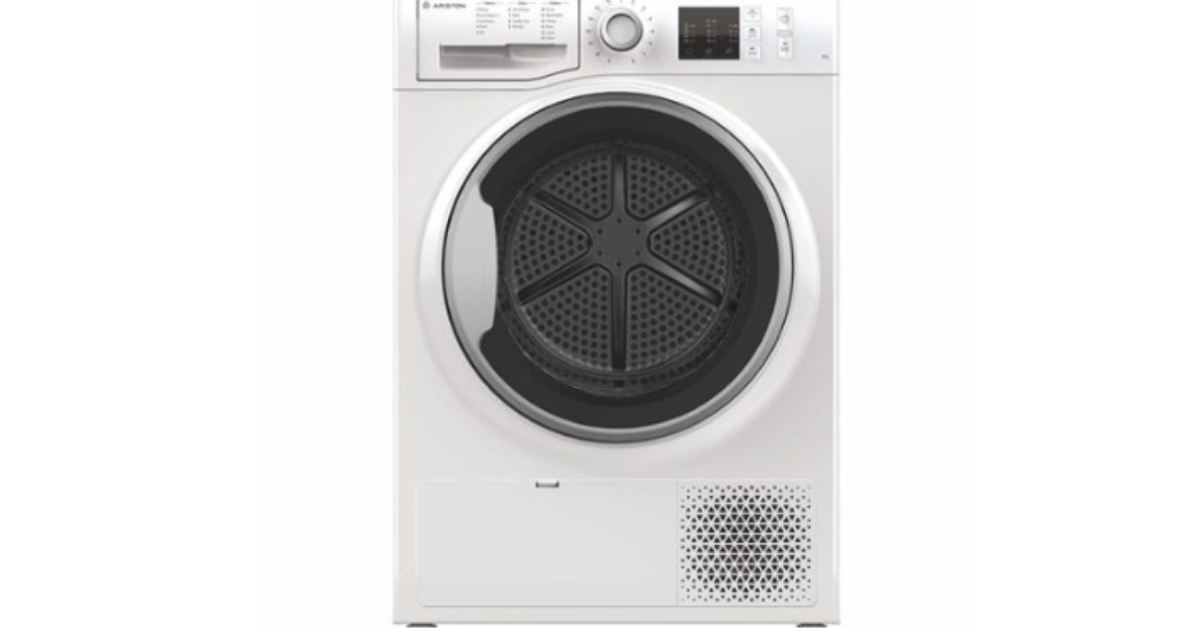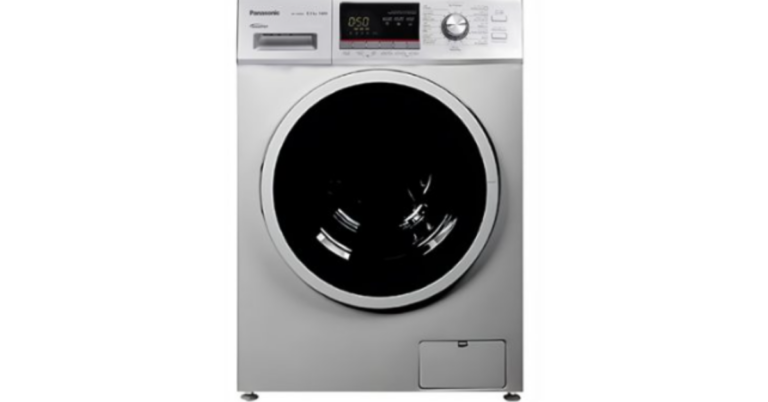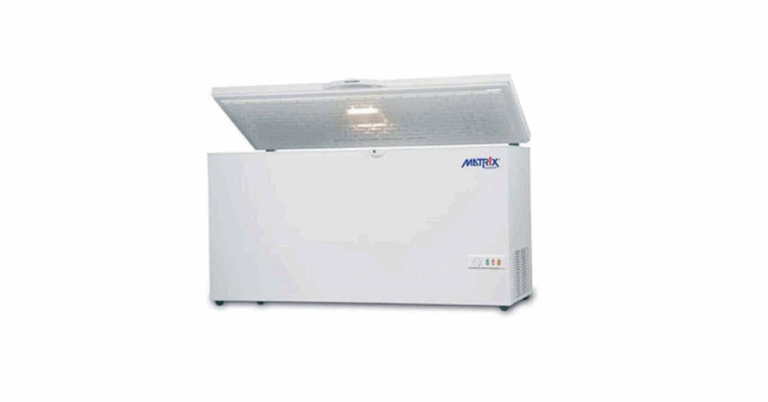The Complete Guide to Selecting the Best Clothes Dryer for Your Home
Laundry day can be a breeze with the right appliances, and a Clothes Dryer is no exception. Whether you’re tackling heavy loads during the rainy season or dealing with the humidity of everyday life, a dryer is an invaluable tool. However, with so many options on the market, how do you choose the perfect one? In this guide, we’ll explore the various types of dryers, their features, and maintenance tips to help you make a confident decision.
Types of Clothes Dryers
Different households have unique needs, and the type of dryer you choose should align with your space, budget, and lifestyle. Here are the most common types:
1. Vented Dryers
These are traditional dryers that expel hot, moist air outside through a vent or duct. They are affordable and highly effective for quick drying.
Advantages:
- Fast and efficient drying.
- Budget-friendly option.
- Easy to operate.
Disadvantages:
- Requires external venting, limiting placement options.
- Less energy-efficient compared to modern alternatives.
2. Condenser Dryers
Condenser dryers collect moisture from your clothes and store it as water in a removable tank or drain it away. They don’t need venting, making them a versatile choice.
Advantages:
- Can be installed anywhere without venting.
- Moderately energy-efficient.
Disadvantages:
- Drying can take longer than vented models.
- Regular emptying of the water tank is required unless connected to a drain.
3. Heat Pump Dryers
The most energy-efficient option, heat pump dryers recycle warm air within the drum to minimize energy use. They are ideal for eco-conscious households.
Advantages:
- Extremely energy-efficient, reducing utility bills.
- Gentle on fabrics, prolonging the life of your clothes.
Disadvantages:
- Higher upfront cost.
- Slower drying compared to other models.
4. Gas Dryers
Gas dryers use natural gas or propane to heat the air, making them a cost-effective option in areas with access to gas lines.
Advantages:
- Quick drying times.
- Lower operational costs than electric dryers.
Disadvantages:
- Installation can be complex and costly.
- Requires access to a gas line.
Key Features to Consider
When selecting a dryer, look beyond the basics. Here are some features to prioritize:
1. Size and Capacity
Choose a dryer size that suits your laundry needs. Small households may opt for compact models, while larger families benefit from dryers with capacities of 7 cubic feet or more.
2. Energy Efficiency
Opt for models with high energy efficiency ratings to save on electricity bills. Look for Energy Star-certified appliances for the best performance.
3. Specialized Programs
Modern dryers come with preset programs tailored to specific fabrics like wool, delicates, and synthetics. These features ensure optimal care for your garments.
4. Moisture Sensors
Dryers equipped with moisture sensors can automatically stop the cycle when your clothes are dry, preventing over-drying and reducing energy usage.
5. Noise Levels
If you plan to place your dryer near living spaces, consider models designed with noise reduction technology for quieter operation.
6. Smart Connectivity
Some dryers now offer Wi-Fi capabilities, allowing you to start, stop, and monitor cycles through a smartphone app.
Maintaining Your Clothes Dryer
To ensure your dryer operates efficiently and safely, regular maintenance is a must. Follow these simple tips:
1. Clean the Lint Filter
Remove lint buildup after every load. This helps maintain airflow, reduces drying time, and prevents potential fire hazards.
2. Inspect the Vents
For vented models, check and clean the vent hose regularly to avoid blockages and maintain proper airflow.
3. Empty Water Tanks
If you have a condenser or heat pump dryer, empty the water reservoir after each cycle, or connect it to a drainage system for convenience.
4. Schedule Annual Servicing
Have a professional inspect your dryer yearly to check for wear and tear or malfunctioning parts like belts or heating elements.
5. Wipe the Drum
Clean the interior drum periodically to remove residue or buildup that may transfer to your clothes.
Final Thoughts
Choosing the right clothes dryer can transform your laundry routine. Vented dryers are perfect for those who prioritize speed and simplicity, while heat pump models are an excellent choice for energy-conscious households. Condenser dryers offer flexibility in placement, and gas dryers shine in areas with access to natural gas.



